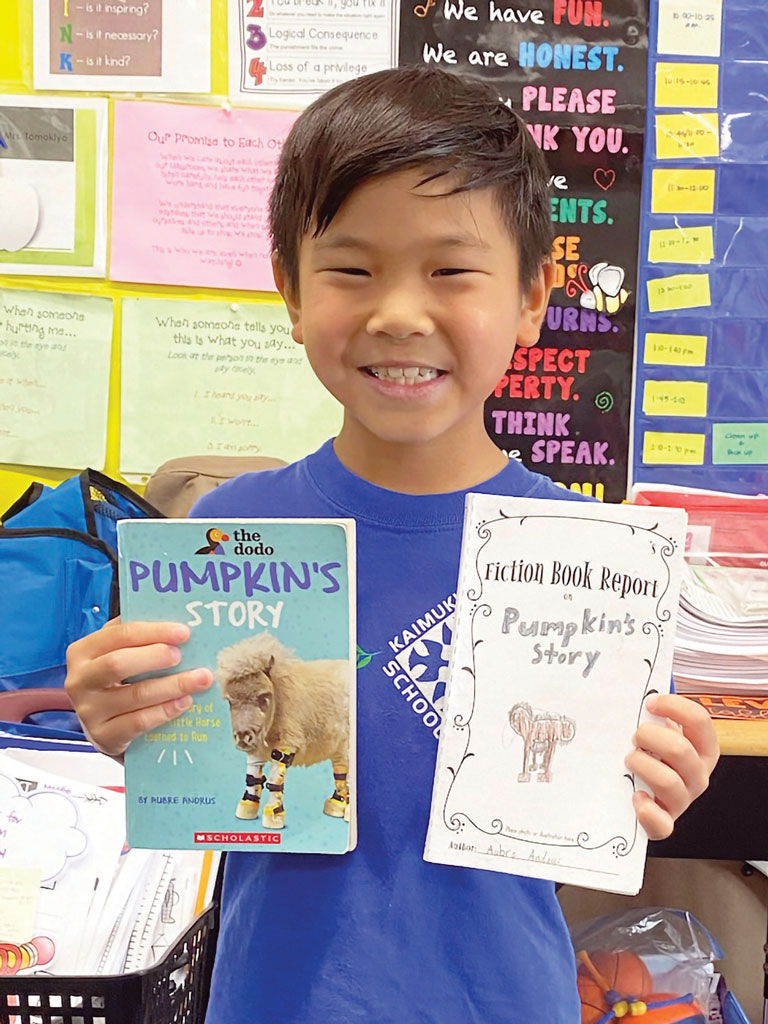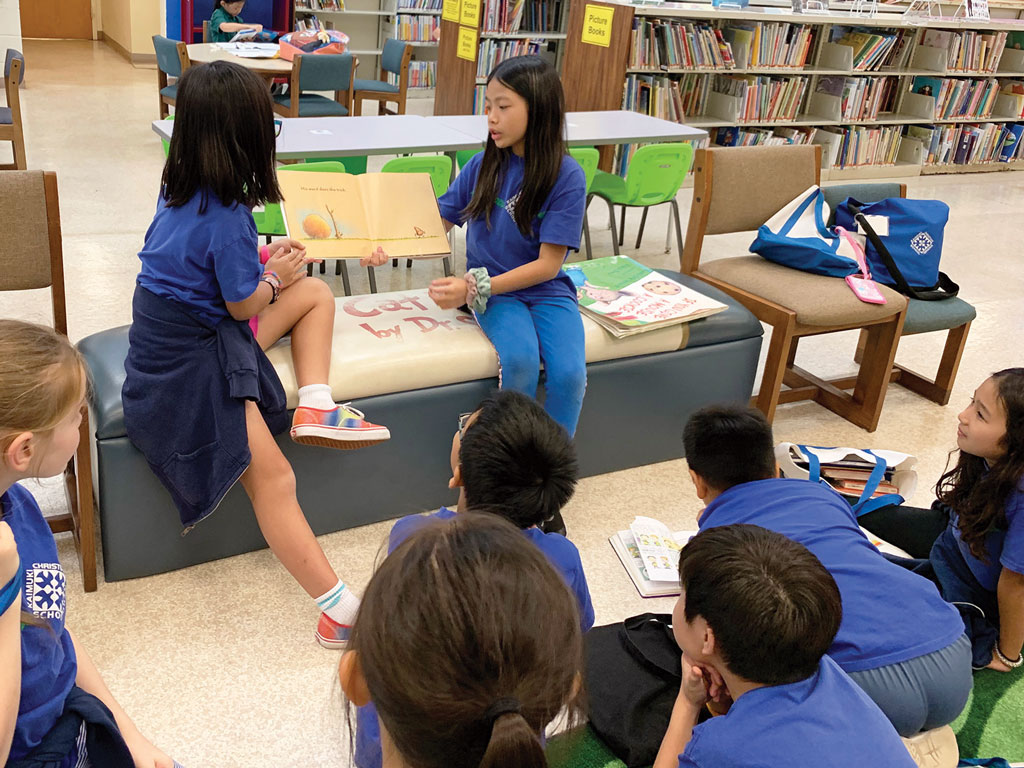by Christine Tomokiyo
1. Start Early
It is never too early to begin reading to your children and introducing them to a variety of books. You can demonstrate concepts using vivid pictures and by reading aloud to your child on a daily or consistent basis. Try reading with plenty of expression and enthusiasm: discuss the pictures, storyline, characters, plot, problem, solution, theme, thoughts about the book and their predictions. Before they can even read on their own, take your children to the library and allow them to explore books (somewhat) independently.

2. Know your Child’s Interests
Use what you already know about your child to guide them to new books. Conduct an informal reading survey; ask what their interests are, such as fiction, nonfiction, fantasy, mystery, historical, science fiction, animals, plants, outer space, food, friendship, dance, sports, humor, comics, etc. Use what your child watches on television to guide you in choosing books with their favorite characters, themes, and genres. Befriend the children’s librarian; they can help introduce new and popular books to both you and your child.
3. Guide Your Child
Do your own research of age-appropriate books to suggest when they share their interests with you. This way, they are more encouraged to share, learn, and communicate. Teach strategies to empower your child to find “good-fit” books.
A popular method among librarians and teachers is I-PICK: I choose a book for a specific Purpose, I Comprehend what I’m reading and Know most of the words. Another example is 3 Ways to Read a Book – read the pictures, read the words, and then retell the story. Model these strategies during read-aloud sessions.
4. Lead by Example
Share your favorite childhood books with your child! Your child needs to see you read regularly and not just feel that it is something they should be doing. Incorporate family reading time nightly or even just once or twice a week. Try arranging a D.E.A.R. time so your family can Drop Everything and Read.
5. Make Reading Fun
Set up Family Book Club Nights on a weekly, bi-weekly, or monthly basis. Share about the books that each family member is reading, favorite parts, things being learned, predictions, thoughts, questions, and confusing parts. This may be done with snacks too – make it fun! You can make stories and books part of your daily and nightly conversations, including dinner time, bedtime routine, talk story, car rides, waiting in line, etc. Set monthly reading goals as a family; chart the goal, post it up, and refer to it weekly. Include an incentive once family members reach the reading goal.
Let your child role-play to act out their favorite books. It’s fun to even alter story endings with their own creative ideas. Or make up stories together! They may be creative, silly, humorous, mysterious, or even a bit scary! Make connections to other books read. Children enjoy making connections to things they already know or have experienced.
Play visual, kinesthetic tangible or tech-based word games that will help them in their reading skills. Make bookmarks together or incorporate drawing comics to retell their favorite stories.

6. Build an Accessible Home Library Together
Go to the library, bookstore, and/or used book sale on a regular basis and share your memories of doing the same as a child – with enthusiasm! Organize your home bookshelf with your family’s favorite books, an independent reader shelf, and books you would like your child to try. It is important to refresh the bookshelves often to keep it interesting. If there are many books, organizing bins of books by genre, topics, series, authors may help your child visually see all the wonderful books he/she has, and the great reading that can take them to new worlds!
Invest in material that your child is interested in, even if it is not what you may typically consider a “book”, such as picture books, graphic novels/comics, and audiobooks/e-books. Reading is reading, and any way that you can encourage your child to feel free to explore and try new books will allow them to feel empowered to read more and learn more!

7. Reading as a Positive, Not a Punishment
A positive reading environment is key! Reading does not need to be a formal sit in a chair and table task. Set up a cozy reading nook or fort area (a place to cuddle up with a favorite book). Reading should be encouraged as a form of entertainment, not just for studying or assignments. Gift your child books, not just toys – this shows them that books are special and valuable!
Finally, try not to rush your child. Encourage them to read at their best pace, be open to letting them share their stories and books with you, and encourage them to not abandon books.
8. Reading Resources
- Scholastic Book Trailers on YouTube
- Storyline Online (free stories to listen to reading)
- Bookflix (online stories and videos – subscription-based)
- TumbleBooks (online stories – subscription based)
- Epic! Books for Kids (online subscription/app)
- Amazon Prime Book Box for Kids (select frequency/book types to receive books in a box & exchange through the book program)
- Reading IQ (Digital books Kids 2 – 12) app
- Younger Readers: ABCMouse.com, PBS Kids, Nick Jr. Books





